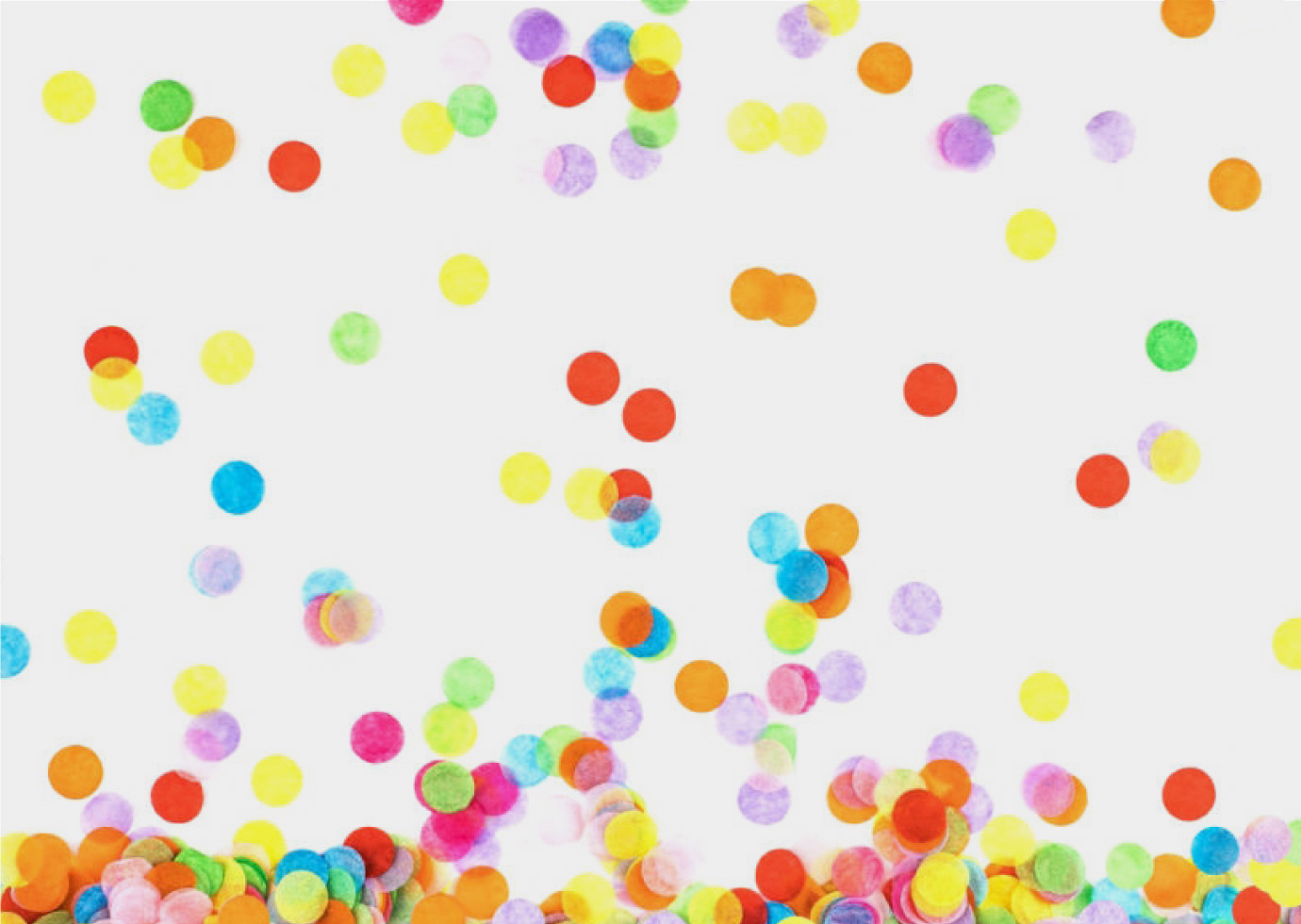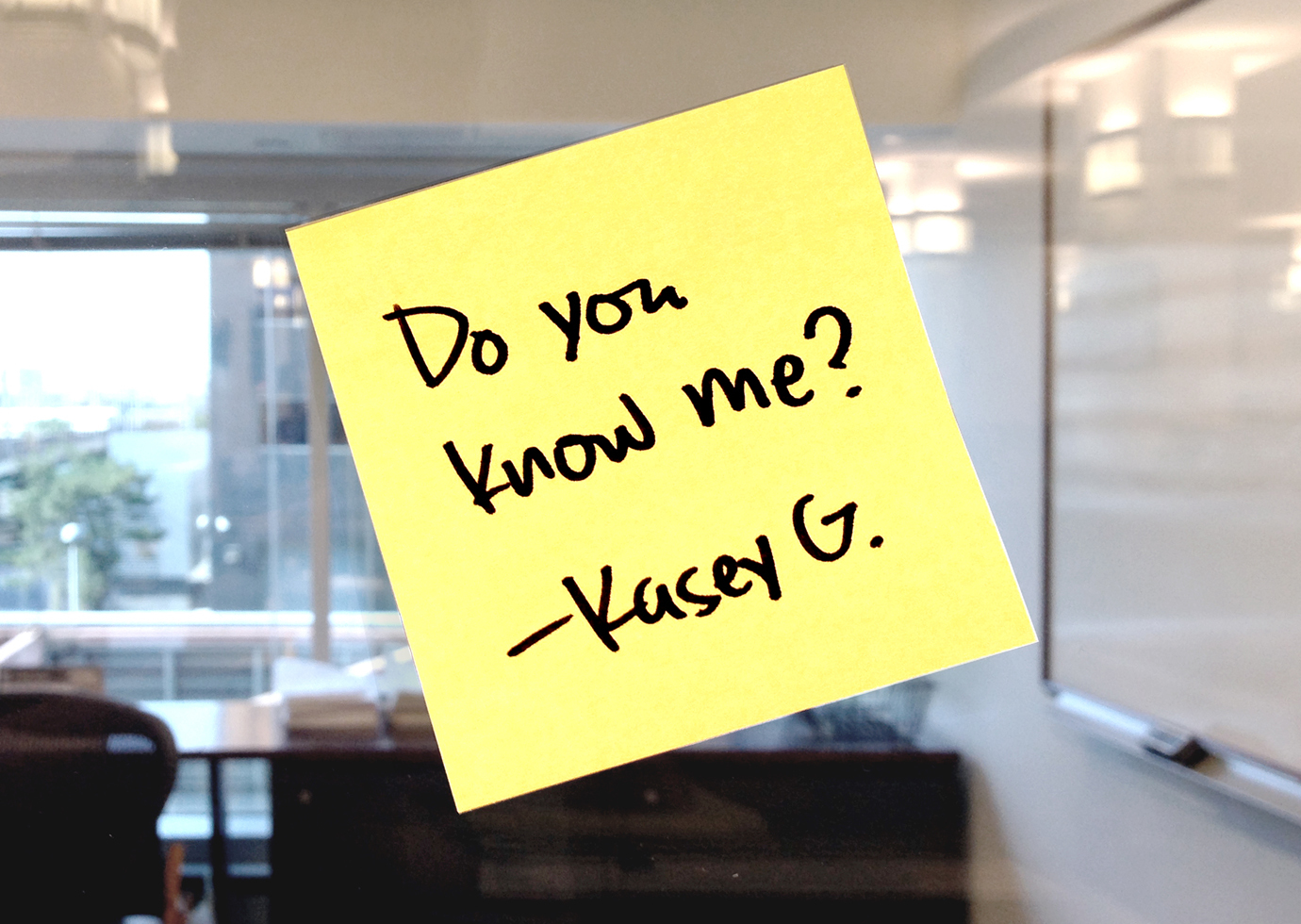Surprise! Make it a part of your brand toolkit

Surprise is a funny thing. It can be delightful, and it can be frightening. Some people hate it. Some people live for it. But whether surprises make you smile or cringe, they have a singular psychological effect, one that runs deep and engages the mind in unique ways — ways that marketers and communicators can take advantage of.
Suprisology
We are in a curious era for surprise. In one way, we are faced with more surprise than ever. The fevered pace of innovation, miraculous advances in science, a volatile geopolitical environment — not to mention a seemingly-out-of-nowhere global pandemic. But in another, more human-scaled way, surprise has become scarce. Our embrace of digital culture, where everything is previewed, curated, planned, and shared in real time leaves little to chance, and less to surprise us.
“Every surprise, big or small, activates the brain’s surprise sequence: freeze, find, shift, share,” says Tania Luna, co-author of Surprise: Embrace the Unpredictable and Engineer the Unexpected and co-founder of Surprise Industries, a group of self-proclaimed suprisologists. “Freeze and pay attention. Get curious and find an explanation. Shift your perspective. Share your experience with others.”
Use surprise to get attention, get through, and get shared.
Tapping surprise and the emotions it triggers is nothing new in marketing, of course. But from the surprisologists’ view, it’s less about being big, bold, and shocking and more about building surprise into interactions in small and personal ways.
Today’s on-demand communications and social media platforms give companies and marketers an ideal way to deliver these small but powerful surprises. “To be a surprisologist means to look at any moment that’s dull, frustrating, or unfulfilling and say to yourself, ‘What can I do right now that’s surprising?’” adds Luna.
So, what can you do to put surprise to work for you?
Mess with expectations
Your target audiences — inside and outside your company — have expectations. You worry about meeting them, but you can also have fun with them, play against them, or go a little beyond them to harvest some delight.
KCG was a securities trading company created from the merger of two established firms. They wanted to send a signal that they were not only a new company, but a totally new kind of trading firm. So Thinkso created Kasey G., a surprisingly non-traditional character embodying the KCG brand for internal audiences. It not only helped drive home the firm’s new name, but it also sent a loud and clear message that the hard-nosed traders and brainy quants at the company could be serious about the market and still have some fun. Our tactics included Kasey G. leaving sticky notes and messages on white boards around the offices, emailing the staff time to time, and even sending an invitation to the firm’s first birthday party.

Make it personal
The intimacy-at-scale potential of social media can help even the largest companies make surprisingly personal connections. Ubiquitous facial tissue maker Kleenex had their marketing team scour Facebook profiles for posts about being sick or having a cold. Kleenex then reached out to the friend networks of selected users to arrange for surprise deliveries of special Kleenex get-well kits. Dubbed the “Feel Good” campaign, posts about the surprise events garnered hundreds of thousands of impressions.
Shake up the routine
Surprise can refresh repetitious experiences. Adding expectation busters to regular communications and transactions can make the routine memorable. TD Bank studied the buying patterns and behaviors of their customers, selecting a chosen few to receive a surprise reward during what appeared to be a normal ATM transaction. For more mileage, they turned videos of these charming interactions into a promotional campaign.
Keep it simple
Surprise doesn’t have to be complicated or expensive. Small delights don’t take big investments, but can pay big dividends in customer satisfaction and word-of-mouth. I recently received a “virtual buyback” from a local brewery tap room I frequent. Timed to inspire a happy hour trip, the email had an easy claim-reward click through that promoted new brews and events. For the price of a draught, I got a smile and they got a little more customer loyalty.
Surprise isn’t for everything.
Surprise and the emotions around it are fleeting. So don’t try to drive big ideas and deep thinking with surprising strategies. Keep the “light” in delightful and make it easy and fun to share. And don’t overuse it. By definition, surprise can’t be commonplace. Make it special by using it judiciously and keeping it…well, surprising.
And because you made it this far, we’ll dispose of the typical wrap-up and leave you with this.